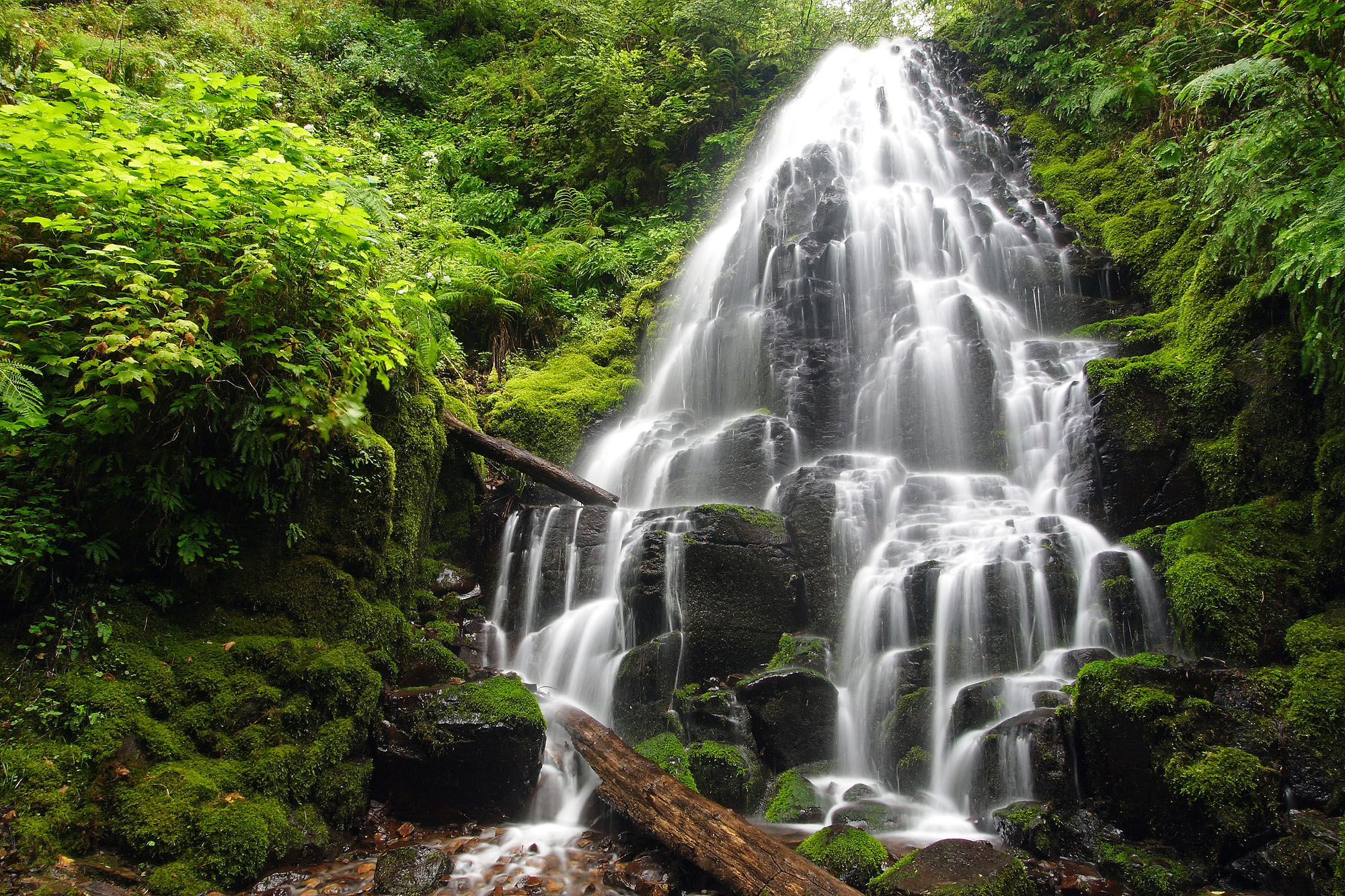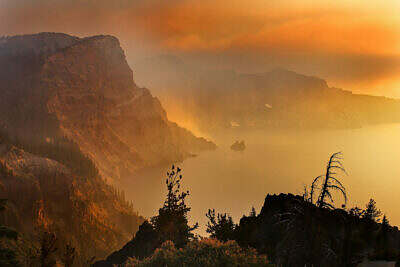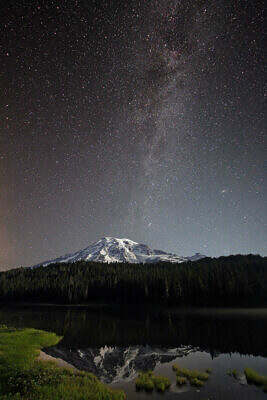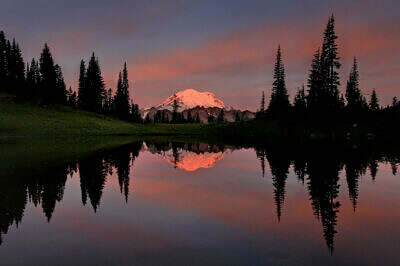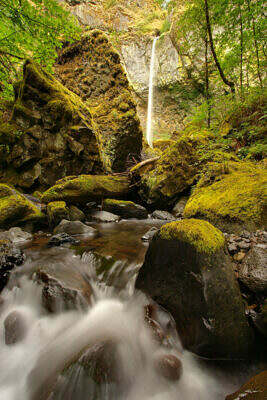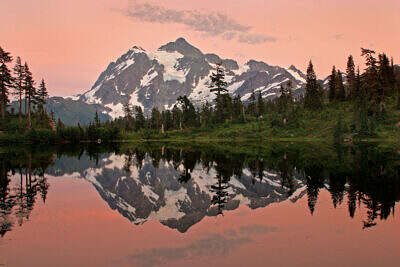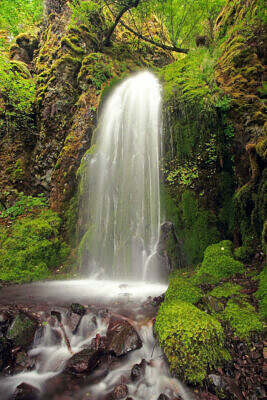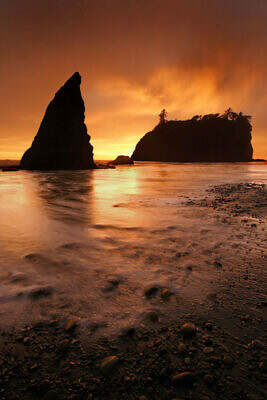Fairy Falls of Wahkeena Creek in the Columbia River Gorge in Oregon cascades over mossy basalt, lined with maidenhair ferns concealing the cataclysmic geological events of this landscape.
-
How basalt forms into columns
Life on Lava
- Paintings with Light
- Earth Spirit Rising
- Into a Distant Light
- Spellbound
- Cascadia Twilight
- A Dream within a Dream
- Land on the Move
- Growth of a Continent

